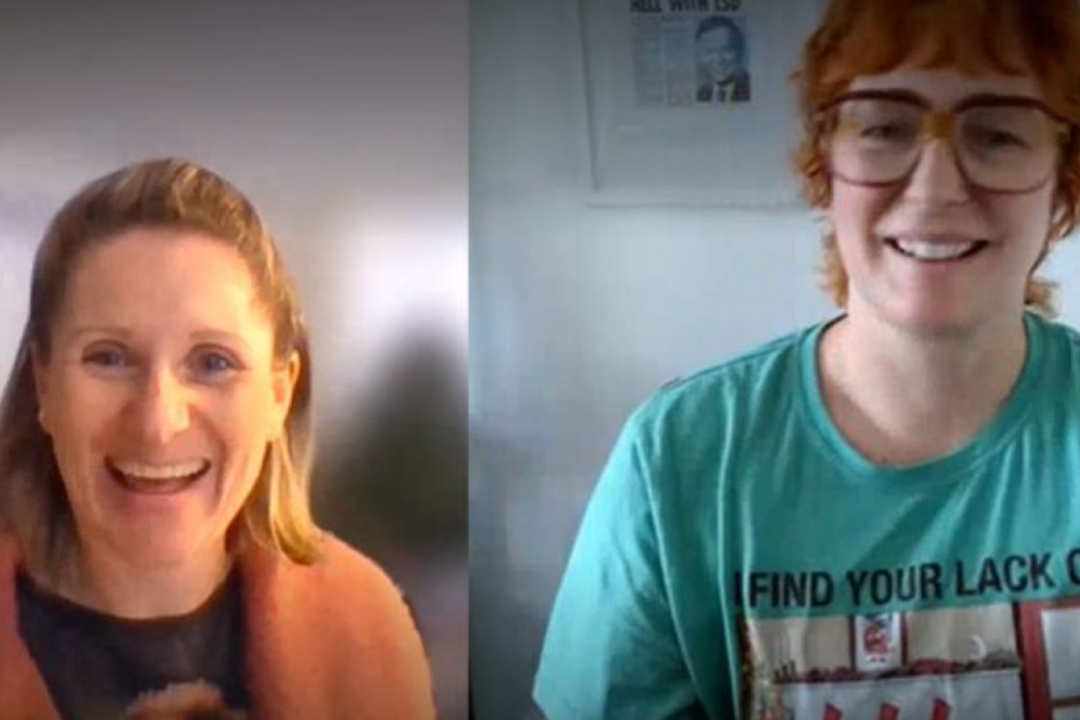
07 Feb Late diagnosed autism: In conversation with…Clem Bastow
Image description: Natalie and Clem both smiling as they engage in a virtual conversation. Natalie is on the left and is wearing an orange cardigan, light blonde hair at shoulder length. Clem is wearing a turquoise green t-shirt and glasses. She has cropped ginger hair and brown glasses.
I have been privileged to connect with inspirational people and participate in authentic discussions about #neurodivergence. Through personal stories I have gained insights to the strengths and challenges that people with different neurotypes (or brain wiring), bring to the human tapestry.
I heard Clem Bastow speak at a virtual summit and her book, ‘Late Bloomer – How An Autism Diagnosis Changed My Life’ came highly recommended. Clem is a writer, cultural critic and staunch advocate since her Autism diagnosis.
Clem graciously accepted my invitation to chat all things Late Bloomer and Autism misconceptions. Here’s a summary of our chat:
- Our understanding of Autism is evolving and has been clinically led, rather than autistic led.
- We need to let those with lived experience lead the discussion and design the environment.
- A desire to seek a universal representation of Autism has resulted in misconceptions around what Autism is and how it presents. The cookie cutter approach doesn’t apply.
- ‘Cultural safety’ in workplaces is created by recognising that neurodivergent employees may have different sensory needs.
- Adopting a ground-up approach centred on shared learning will pave the way for inclusion.
- We (the collective ‘we’) need a shift in the way we review traditional job applications. We also need to provide opportunities for paid work as this is incredibly important to sense of self.
- It’s useful to consider function and disability as fluid concepts. In the right environment, anyone can thrive.
Thanks Clem Bastow, you’ve given me lots to ponder :).
#changemanagement #neurodiversity #neurodiversityatwork


